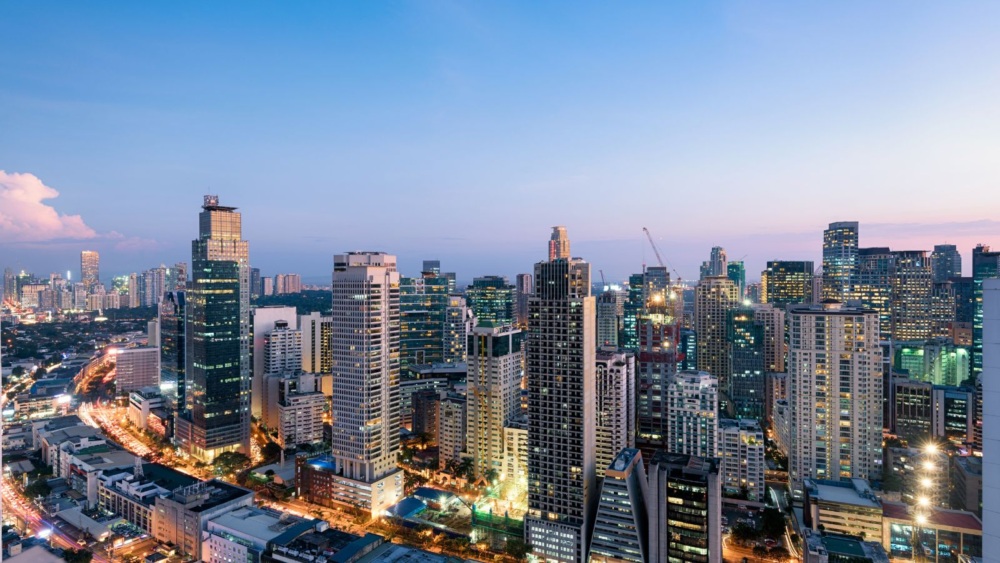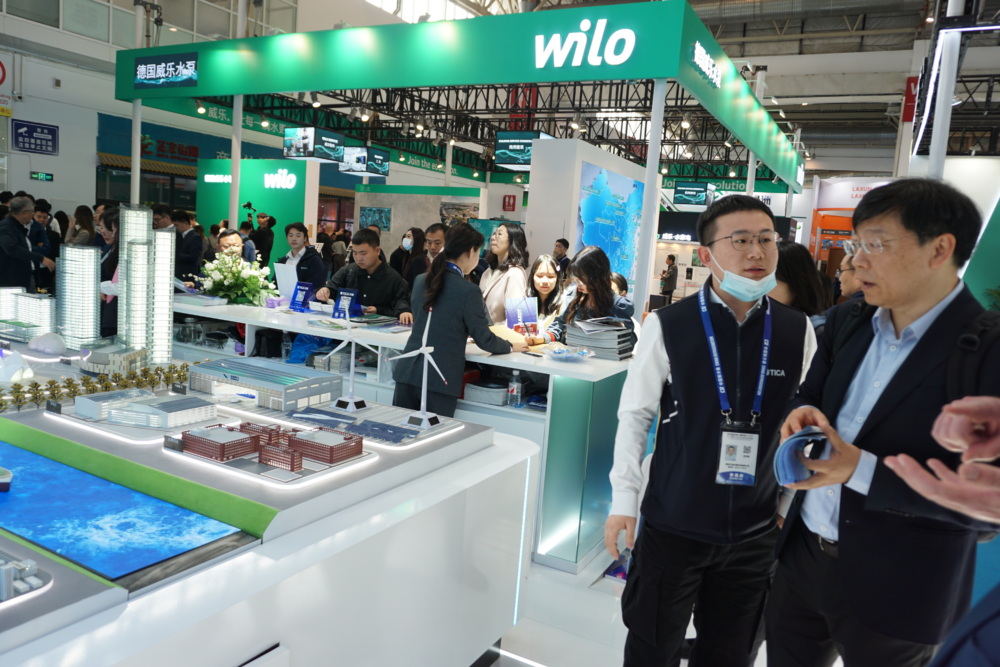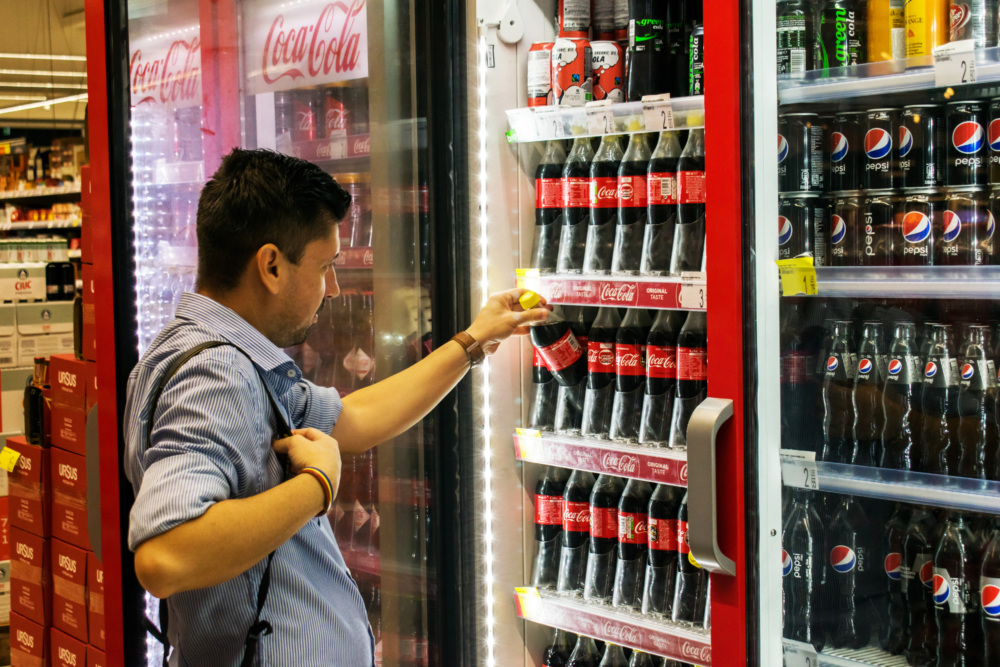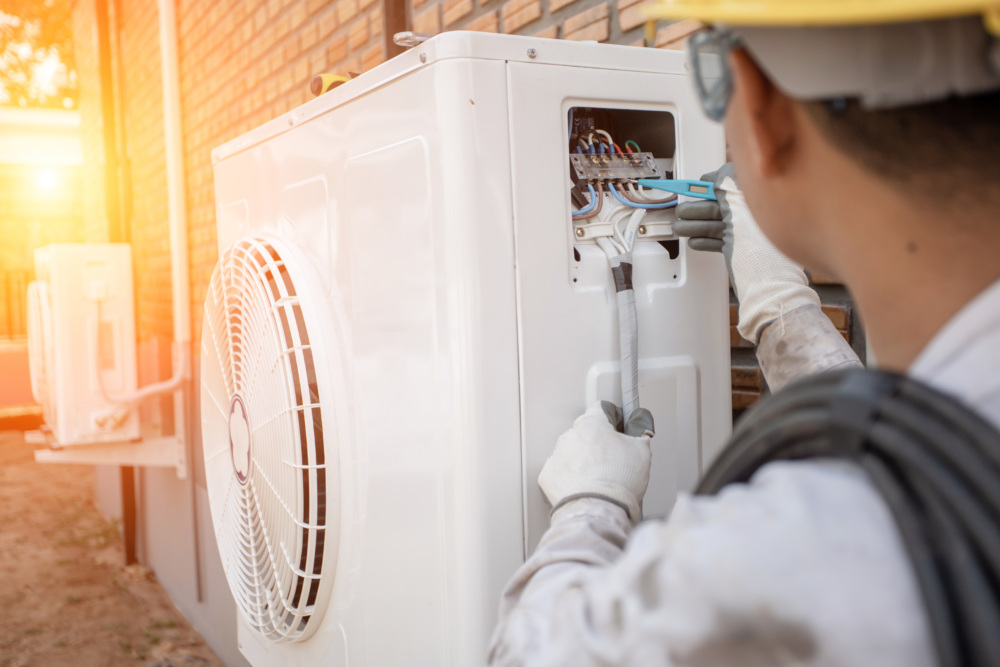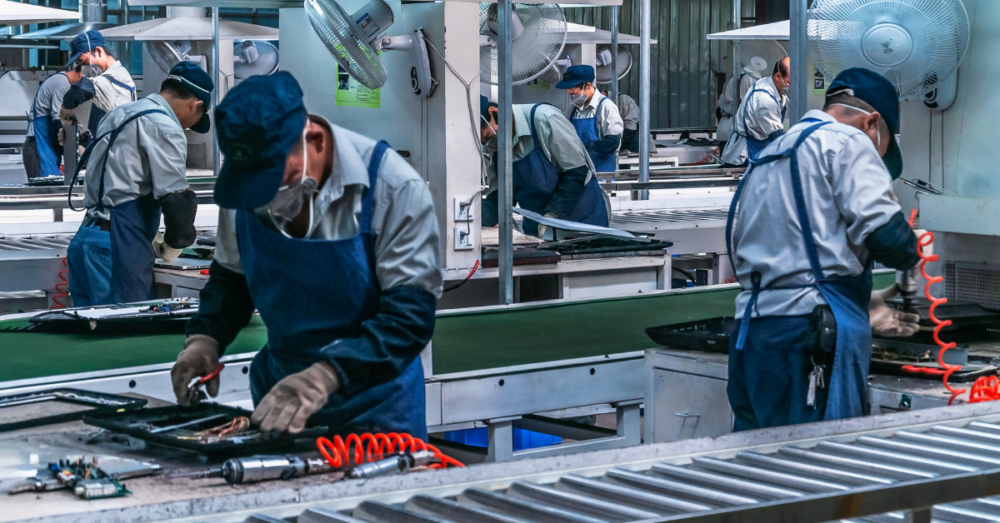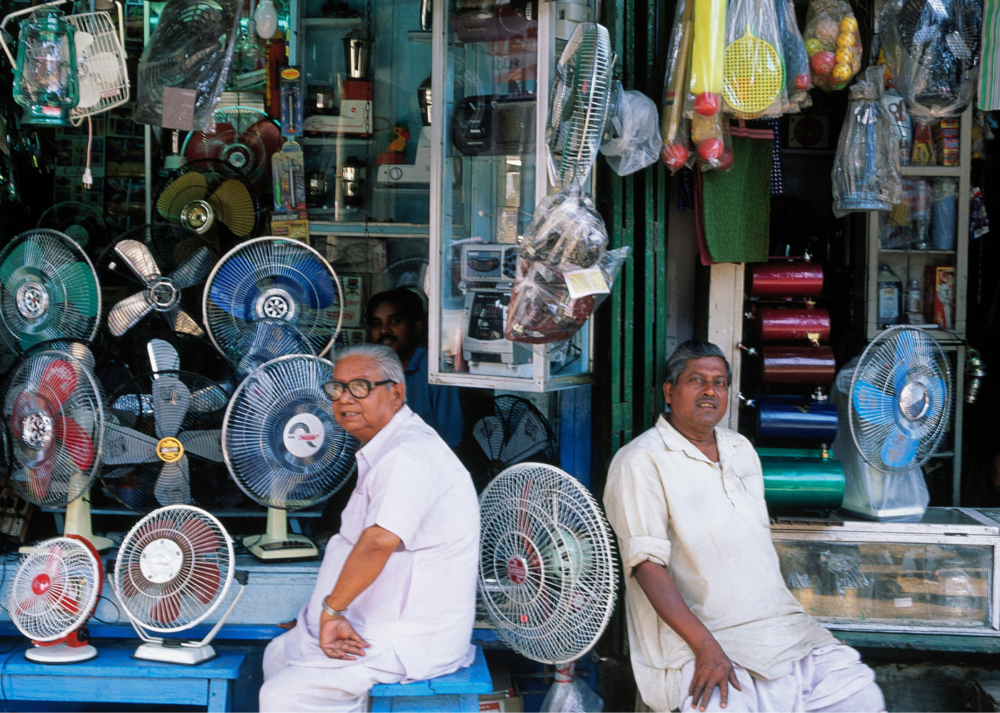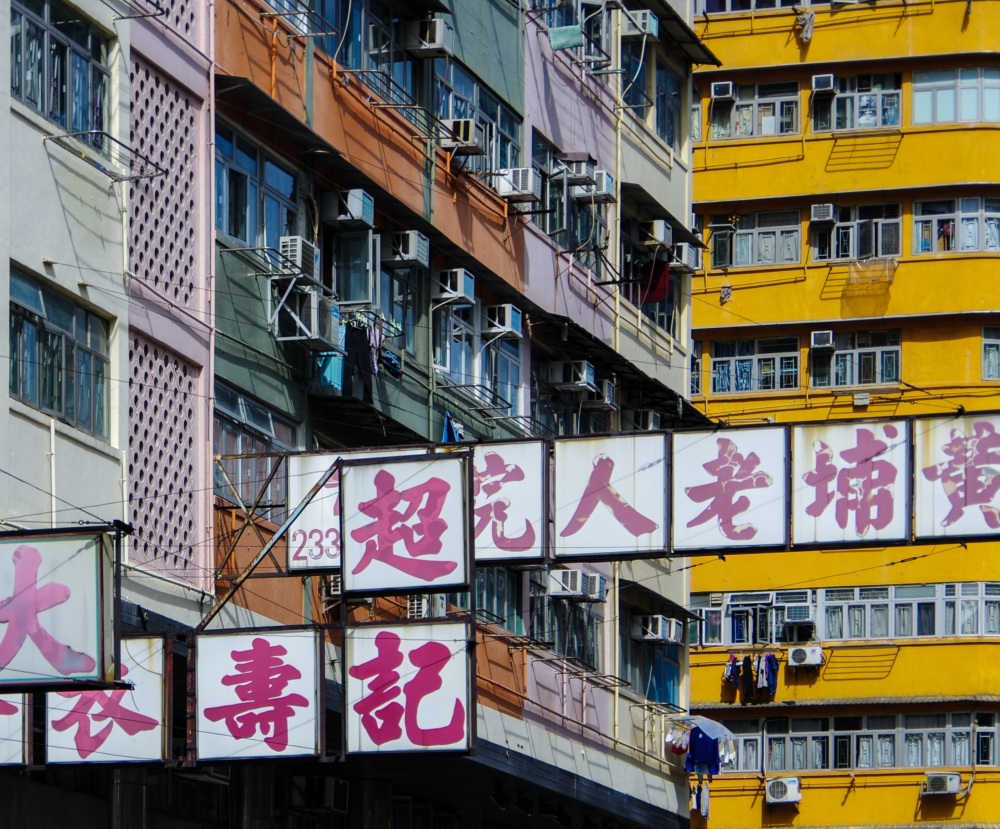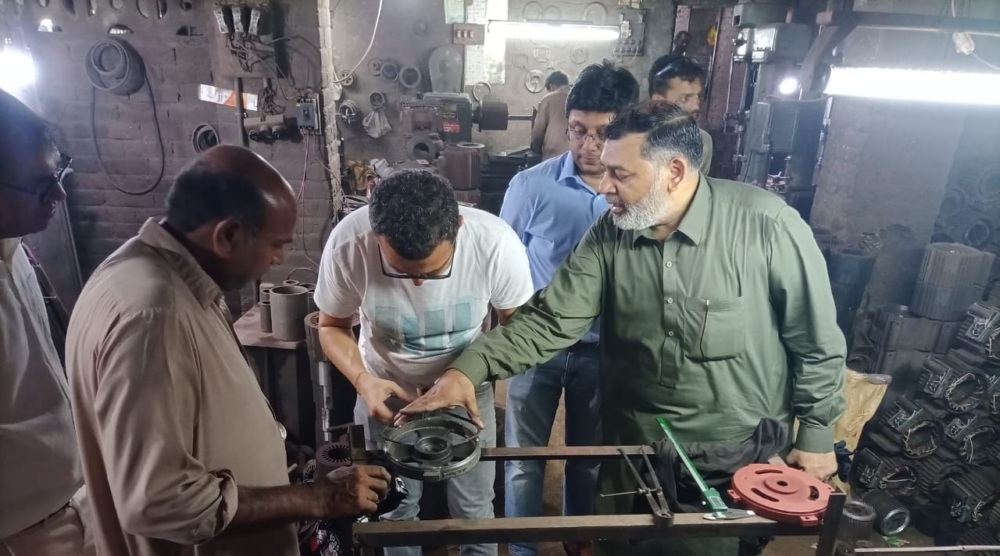CLASP Supports Water Solutions in Increasingly Dry South Africa
Among the driest countries in the world, South Africa must implement urgent solutions to mitigate potential water crises. CLASP is supporting the South African government to implement efficiency policies to protect valuable water resources in the country.
In 2021, CLASP found that South Africa will require 17% more water by 2030 to meet growing demand; efficiency policies for taps and shower-heads could reduce demand for water and electricity. In a new study, the South African Energy Development Institute (SANEDI) and CLASP found that South Africa can reduce water wastage and mitigate a water crisis by implementing a labelling scheme.
Aligning Domestic with International Water Policies
The new study outlines the path to a South African water efficiency labeling program, in line with the country’s Water and Sanitation Master Plan. To ensure the program is effective, the report indicates that local policies must align with international standards.
“The report aims to advance water and in turn, energy efficiency, in South Africa by making recommendations for alignment to international standards which have improved efficiency globally,” says Ashanti Mogosetsi, Project Manager for Appliance Standards and Labelling at SANEDI. “We encourage South Africans to engage with the report and take steps to align their plumbing needs with the country’s evolving regulatory framework. Conserving water also conserves energy, which reduces your annual water and electricity bills.”
User experience should not be compromised
The report analyses flow rate requirements and test conditions for all products submitted to the South African regulatory body. It suggests the best minimum and maximum flow rates that would not compromise user experience, while still conserving water. CLASP recommends analyzing the application of the tap (domestic, public or commercial) as well as the function (continuous/running flow or to fill a measured volume) before developing a standard.
“We took into consideration all the different uses for taps,” explains Monica Wambui, Senior Associate at CLASP. “We analyzed which flow rate would provide the best experience for South Africans.”
Limiting the flow rate for taps that are intended to fill a measured volume – like a bath – will likely not save water. Low flow rates instead may lead to user dissatisfaction. However, for taps like kitchen sinks, the report recommends maximum flow rate restrictions, while still allowing enough flow to not frustrate the user.
“The findings in this report will guide the alignment in policies for taps. Developing these water efficiency policies and labels will benefit everyone – from the household to the national level,” says Wambui.

